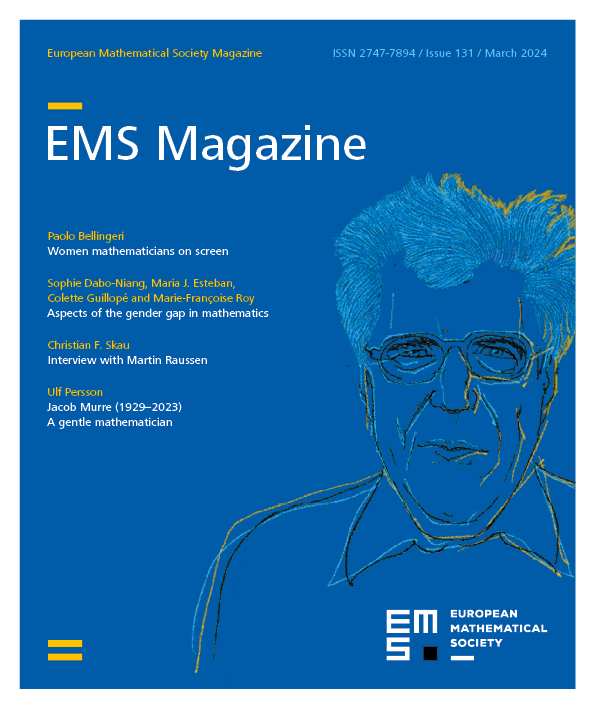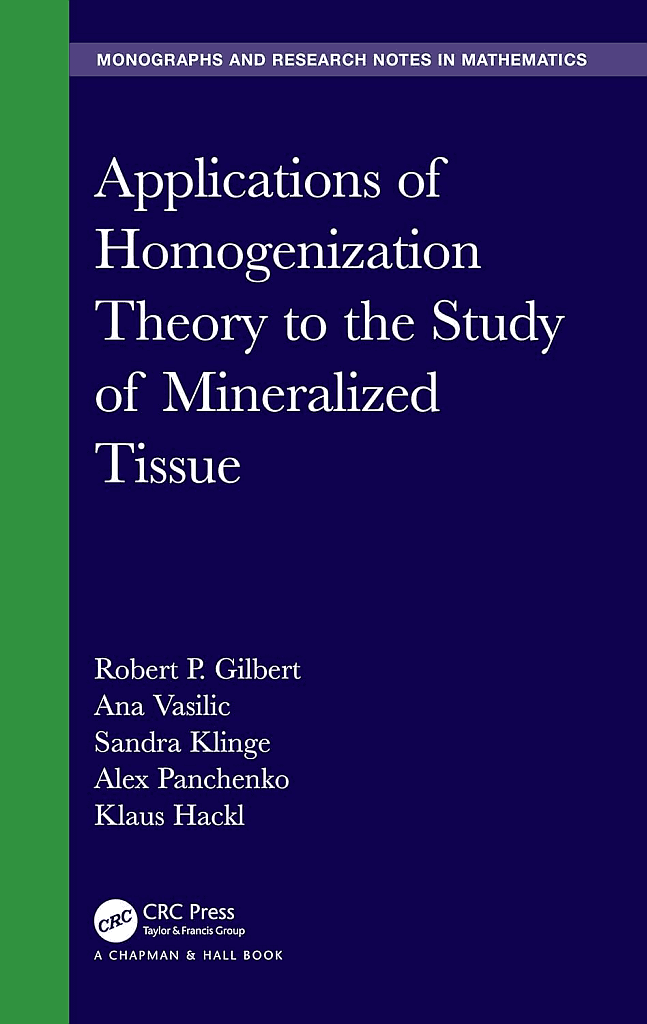All rights reserved.
Homogenization is a powerful tool used in the analysis of applied problems which have multiple scales and complex structures. Broadly speaking, homogenization provides a basis to determine macroscopic (effective) equations for materials by using the properties of the material at the microscale. Oftentimes the structures to which homogenization is applied have or are assumed to have a periodic structure and the notion of two-scale convergence can play an important role in the analysis, but homogenization is not restricted to only this case and can be applied to more general disordered (non-periodic) media. Here a more general framework of convergence such as -convergence may be used in the analysis. This research monograph serves as an introduction to homogenization theory, while at the same time it explains how to use homogenization in applications in biology, physics, and engineering that will appeal to a wide audience.
The book starts with an introductory chapter where important theory and notions needed for subsequent chapters are introduced. This includes some fundamental functional analysis, important function spaces, and essential theorems regarding concepts such as strong and weak derivatives, the trace theorem, the Lax–Milgram theorem, and so on. This chapter also includes the geometric description of the porous medium that the authors propose to study. Starting with the unit cell where , letting (the solid part) be a subset of and (the fluid part), making the periodic arrangement of over , the authors outline the process for obtaining the domains and , which represent the solid and fluid parts of the porous medium .
After discussing the geometry, several important homogenization notions are introduced, including the following:
Two-scale convergence, namely:
The sequence is said to two-scale converge to a limit if for any one has
Here denotes unit cube periodicity.
A homogenized equation for a boundary value problem with unknown and an asymptotic solution in powers of , namely:
The introductory chapter ends with a discussion of two-scale convergence with time dependence, and potential and solenoidal fields.
With the stage set for subsequent chapters, the authors then move on to discuss a range of applications of homogenization theory. These cover the technique applied to soft tissue (the authors note that soft tissue does not have a periodic structure, but there is a scale separation), and include applications of homogenization pertaining to the following topics:
acoustics in porous media,
wet ionic piezoelectric bone,
viscoelasticity with contact friction between the phases,
acoustics in random microstructure (in this chapter the notion of stochastic two-scale limits as well as compactness properties of the convergence are discussed),
bone tissue modeled as a periodic two-phase material composed of a viscoelastic solid matrix filled with a non-Newtonian fluid (representing bone marrow),
homogenization of viscoelastic flows (the notion of -convergence is introduced when this application is discussed),
multiscale FEM for the modeling of cancellous bone.
In summary, this textbook provides a well-planned introduction to the theory and applications of homogenization. The applications discussed provide a strong motivation for further study of the topic. As stated by the authors, the book is a result of years of research collaborations. As such, it would serve as a great reference for researchers including those such as applied mathematicians, engineers, and geophysicists. It could also serve as a textbook for a course or courses in homogenization theory or a special graduate seminar course. A motivated student could also use the book for self-study. The bibliography contains over 400 references and provides a good basis for further reading.
Robert P. Gilbert, Ana Vasilic, Sandra Klinge, Alex Panchenko and Klaus Hackl, Applications of Homogenization Theory to the Study of Mineralized Tissue. Chapman & Hall, 2020, 297 pages, Hardback ISBN 978-1-584-88791-1, Paperback ISBN 978-0-367-71372-0, eBook ISBN 978-0-4291-4338-0.
Cite this article
Michael Shoushani, Book review: “Applications of Homogenization Theory to the Study of Mineralized Tissue” by Robert P. Gilbert, Ana Vasilic, Sandra Klinge, Alex Panchenko and Klaus Hackl. Eur. Math. Soc. Mag. 131 (2024), pp. 65–66
DOI 10.4171/MAG/177
